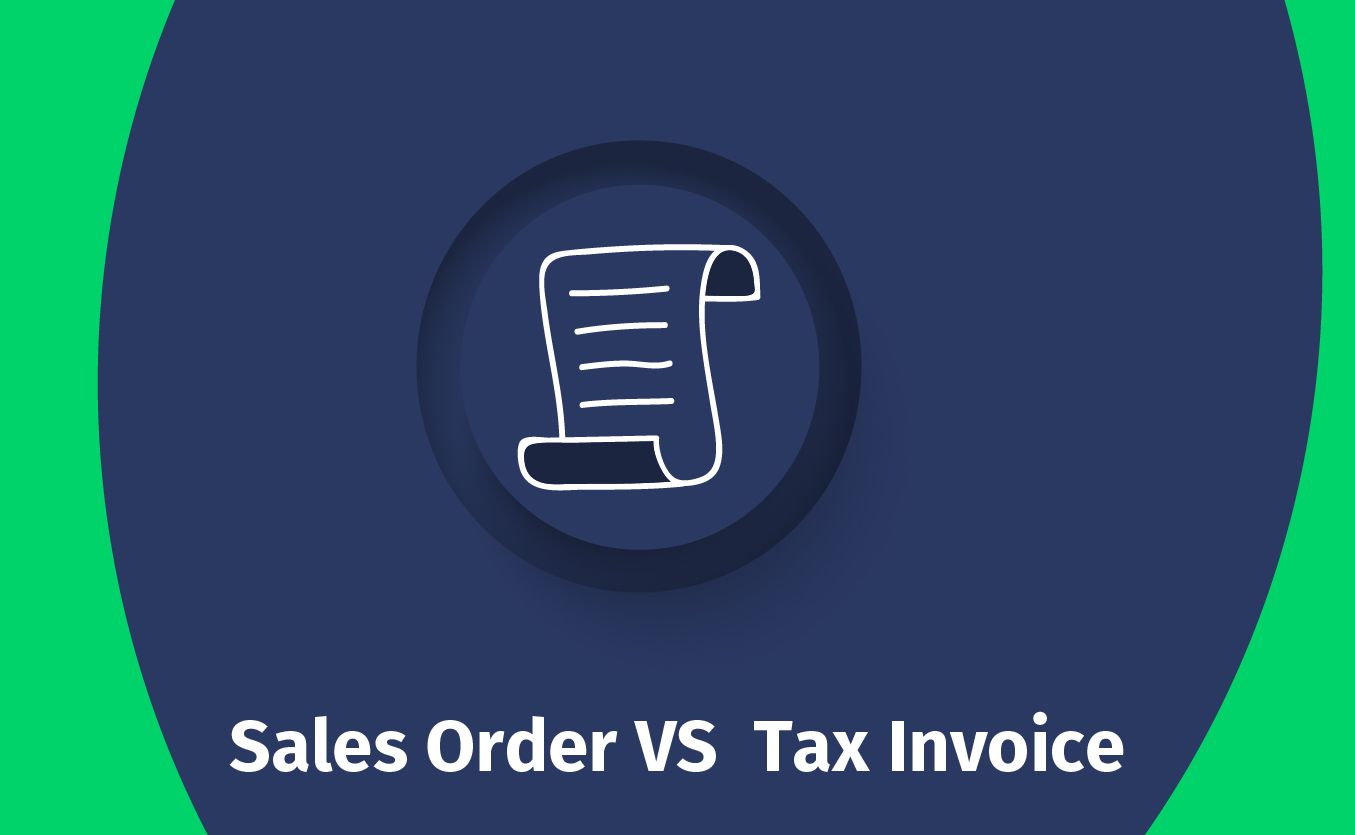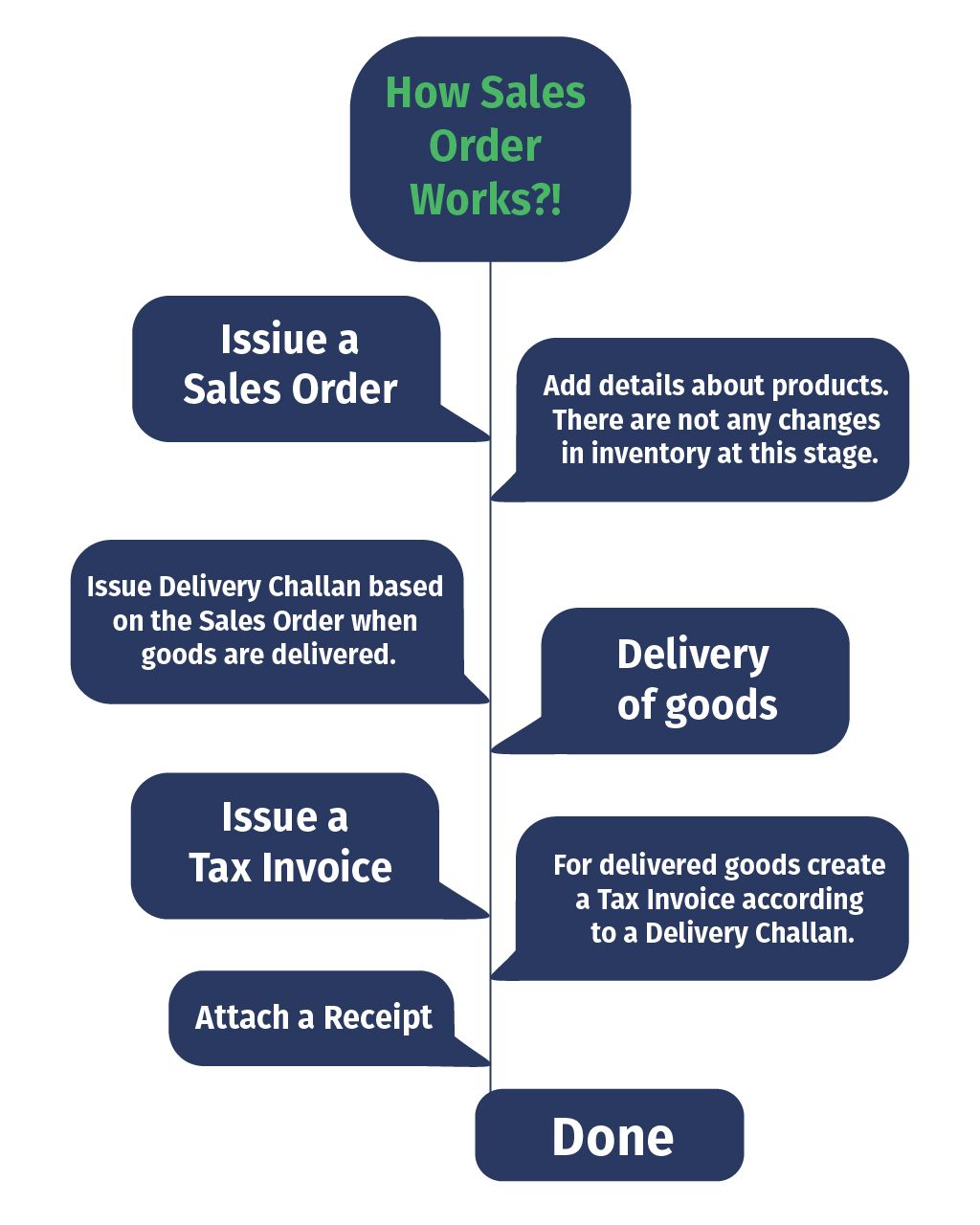
Difference Between A Sales Order and A Tax Invoice
A Tax Invoice and A Sales Order are two important documents for order tracking, both critical in business transactions.
This article will help you take a detailed look at the differences between a sales order and a tax invoice.
The Difference between Definitions
A Sales Order is a request for goods or services by the buyer, and in the end, it becomes a receipt. The sales order is a commercial document that ensures the sale and is issued after the sales quote has been accepted by both seller and buyer. Essentially, it is a legal confirmation of the purchase.
For more information about Sales Orders, visit this Complete Guide | What is a Sales Order?
A Tax Invoice is a commercial document issued by the seller after the goods have been delivered. Using a sales order, a tax invoice lists the products or services and the payment terms and conditions provided by the seller. Bills are sent to buyers before goods are delivered.
Do you need to know more? Read Comprehensive Information - What is a GST Tax Invoice? | Meaning, Examples, Templates
Date of Sales Order and Invoice
Based on the Sales Order date, the order has already started being processed. Using this date, you can determine when the customer's request was processed.
Tax Invoice dates indicate when the goods or services have been billed rather than when they will be delivered. The due date of the bill is also included.
What are the steps for issuing Sales Orders and Invoices?
Here are the steps businesses should follow in issuing a Sales Order and a Tax Invoice.
- The buyer sends a Request For Quote (RFQ) from a seller.
- A seller will send a Request For Quote (RFQ) back to the buyer.
- The buyer checks if the quote is proper, and he/she sends a purchase order to the seller.
- The seller issues a sales order according to the purchase order.
- The seller sends the sales order to the buyer to accept the terms and conditions.
- Delivery is getting ready by the seller.
- The seller creates the tax invoice according to the sales order, and the buyer makes a payment.

What information do a sales order and Invoice include?
A sales order consists of the details such as
- The customer's name, address and contact details.
- The date when the customer requested goods or services.
- Product name, description, quantity, unit cost, discounts and additional charges.
A tax invoice contains information such as
- Name, contact details and address of the client.
- Date of issuing a tax invoice (The date of a tax invoice is usually when the goods or services have been billed).
- Description of items.
- The due date of the Tax Invoice is necessary to inform the buyer to make a payment on time.
- Invoice ID or an invoice number (It is generated after the buyer pays. The invoice number is mentioned in the sales receipt and matched against the payment made by the customer).
- Payment methods and terms.
Advantages of Sales Order and Tax Invoice
Advantages of issuing Sales Order
- The sales order serves as the base information in order and inventory systems.
- The sales order details how many products are in stock and back-ordered. It allows your purchase department to purchase from your distributors based on educated forecasts.
- The billing department uses the sales orders to ensure the authenticity of the sale and generates invoices to verify the details. Converting sale orders into invoices has enabled businesses to automate the process of creating invoices.
- You can retain the sales order information in sales orders for future reference by keeping legal records.
Advantages of issuing Tax Invoice
- Providing your customer with an invoice encourages them to make their payment on time.
- By using the Invoice, you can track the entire payment process, such as the method of payment and payment terms.
- A professional invoice gives a favourable impression about your brand to your clients, as well as advertising your company's logo and website address to them.
- You can record the invoice information in invoices for future reference as a legal record.